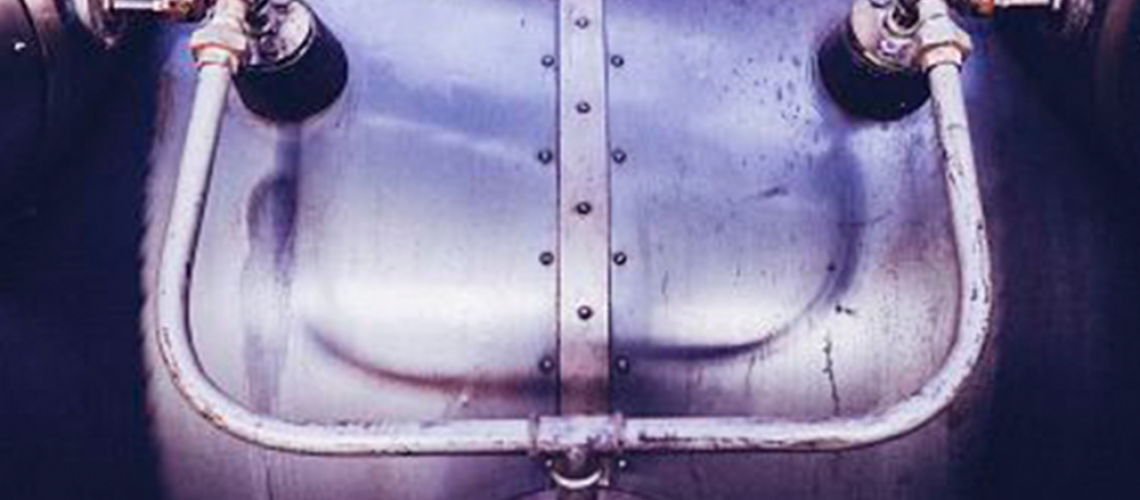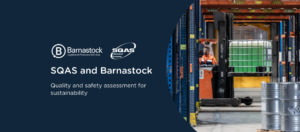The safety inside a chemical products warehouse should always be our paramount concern. Each warehouse has to establish an inspection plan accordingly to the regulation in force. It is also important to keep a register of the inspections that have been carried out throughout the years, so that you can know where you stand as far as the inspection processes are concerned.
As you saw it in one of our previous article FAQs Regarding Sotrage and Hanling Dangerous Goods, there are several types of chemicals and each of them have to be dealt with differently. The Additional Technical Instructions (ITC Instrucciones Técnicas Complementarias) refer to a certain type of chemical and state the way the containers of such substances have to be inspected.
- ITC-MIE-APQ-001: Storage of flammable and combustible liquids
When it comes to flammable and combustible liquids, it is necessary to carry out an initial inspection. Then, an annual inspection will have to take place in order to verify the cathodic protection, the electrical continuity of the pipes and the rest of metallic elements of the system.
We should also check that the bunding, the foundations of the containers, the fences, the drainage system, the pumps, the equipment, the venting system etc. are in good conditions. The same applies for the walls of the containers, which thickness will have to be measured if deterioration was to be noticed.
Check the water and foam reserve, the cooling system, the alarms, the extinguisher, and the hoses.
If stored products that can polymerize, it is also important to make sure the valves and the filters aren’t obstructed.
- ITC-MIE-APQ-002: Storage of ethylene oxide
The inspection for this type of chemicals has to follow the same steps as the ITC MIE APQ-1. It is also necessary to carry out an initial inspection and a periodic inspection every 5 years, as well as an annual review. - ITC-MIE-APQ-003: Storage of chlorine
For this type of chemical product, we have to carry out an initial inspection in which we will ensure that all the systems are dry and exempt from grease and rust. Also, check the water tightness of the valves equipment and other accessories we may have to use.
Beside this first assessment, it is also compulsory to inspect every fixed container we own every five years. During this inspection, we will want to take a look more specifically at the welding, the thickness of the walls, the flanges and the pipe sockets.
All the other equipment such as the pipes has to go through a review every 2 years. Such equipment has to be changed before they reach the end of their lifespan.
- ITC-MIE-APQ-004: Storage of anhydrous ammonia
As far as the storage of anhydrous ammonia is concerned, inspections have to be carried out every 5 years for the exterior, and every 10 years for the interior inspection.
Before the use of the container, the ITC states that it is necessary to conduct a chemical analysis, breaking load, yield strength tests, a dimensional control and an ultrasound on all the materials and equipment that will come into contact with anhydrous ammonia. Vacuum-tests also have to take place. The whole purpose of these tests is to make sure the equipment is perfectly appropriate for the storage of this type of chemical. We should only start storing chemical products befoire carried out all the initial tests.
- ITC-MIE-APQ-005: Storage of compressed, liquefied and dissolved gas bottles and cylinders
The warehouses in which are stored this type of chemicals have to be inspected every 5 and 10 years. During this inspection we will want to make sure they are stored in the proper conditions. They have to remain in a well-ventilated place provided with firefighting equipment. Keep in mind that it is also forbidden to store them underground.
Gas bottles have to be stored vertically and have to be handled cautiously.
- ITC-MIE-APQ-006: Storage of corrosive liquids
Each year, it will be necessary to verify several elements such as the bunding, the containers, the fences, the drainage system, the pumps, the equipment, the auxiliary installations, the alarms, etc… Inspecting the conditions and the thickness of the containers and the pipes, as well as the venting system, is also important. Make sure the hoses, loading arms and the cathodic protection don’t show any deterioration.
Every five years, the thickness of the containers and the metallic pipe will have to be measured. Also, it will be necessary to check the water tightness of the non-metallic containers.
- ITC-MIE-APQ-007: Storage of toxic liquids
Toxic liquids containers have to go through several processes of inspection. The first one will take place every five years and will deal with the exterior aspects of the containers (anchor bolts, valves, levels, etc.), while the second one will happen every ten years and will focus on interior elements such as the watertightness. - ITC-MIE-APQ-008: Storage of fertilizers based on ammonium nitrate high in nitrogen
As far as these chemicals are concerned, the Royal Decree 2016/2004 states that a review has to take place at the minimum once a year. During this inspection, it is necessary to focus on the water network against fires, the extinguishers, the alarms, the showers, the eyebaths and the personal protective equipment. - ITC-MIE-APQ-009: Storage of organic peroxides
When it comes to the storage of these chemicals, the inspections expected are the same as the ITC-MIE-APQ-008. We should also verify the electric shock protections, the conditions of the containers and the pipes, as well as all the other equipment involved in the storage of these chemicals.




